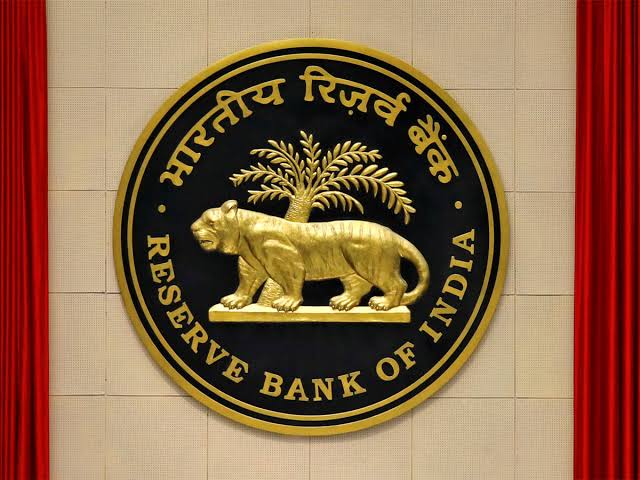


Earlier in August, it was reported that the Microfinance sector was back on track after overcoming the setback induced by the COVID-19 pandemic, with the portfolio of micro-finance lenders recording a double digit growth, and the disbursements more than doubling from Rs 27,328 crores to Rs 57, 842 crores. This is a shot in the arm for rural development because the Microfinance sector plays a pivotal role in fighting rural poverty by facilitating access to credit.
However, like there are no roses without thorns, the Microfinance sector also has a negative side to it. According to the Reserve Bank of India’s Malegam Committee Report (2011), the specific areas of concern with respect to the Microfinance sector are the unjustified high rates of interest, lack of transparency in interest rates, multiple lending, upfront collection of security deposits, over-borrowing, ghost borrowers, and coercive methods of recovery by the Microfinance Institutions.
Despite the RBI’s Malegam Committee Report flagging concerns regarding the Microfinance sector, the Reserve Bank of India (RBI) has left the Microfinance sector largely unregulated to date. In India, Microfinance Institutions can be broadly classified into not-for-profit, mutual benefit, and for-profit Microfinance Institutions. The Reserve Bank of India (RBI), however, only regulates for-profit Microfinance Institutions (i.e., the Non-Banking Financial Companies and the NBFC-MFIs).
In the past, the Union Government attempted to bring all the Microfinance Institutions under the regulation of the Reserve Bank of India, but to no avail. Unfortunately, the Micro Finance Institutions (Development and Regulation) Bill, 2012 which was introduced in the Lok Sabha lapsed when the 15th Lok Sabha dissolved.
To overcome this long-standing regulatory vacuum, a few State Governments have enacted laws to regulate all Microfinance Institutions by dubbing them as Moneylenders. In 2011, the Government of Andhra Pradesh legislated the Andhra Pradesh Micro Finance Institutions (Regulation of Moneylending) Act. In 2020, the Government of Assam legislated the Assam Micro Finance Institutions (Regulation of Money Lending) Act, 2020. The Governments of Kerala and Gujarat did not legislate any special law to regulate Microfinance Institutions but mandated all Microfinance Institutions to register themselves under the respective State Moneylenders Act. Apart from these State Governments, an overwhelming majority of State Governments in India do not regulate Microfinance Institutions. It is also intriguing to note that, even among the above mentioned enactments, only the Assam MFI Act, 2020 addresses all the concerns highlighted by the Malegam Committee Report, comprehensively. While the provisions of the Andhra Pradesh MFI Act, 2011 do not explicitly deal with the issues of multiple lending, over-borrowing and ghost borrowers, the Gujarat and Kerala Moneylenders Act limits itself to regulating the interest rates and punishing coercive recovery practises.
Further, all these State enactments also create legal complications. The for-profit Microfinance Institutions (i.e., NBFCs and NBFC-MFIs) face double regulation in the above mentioned States because they are now regulated both by the State Governments as well as the Reserve Bank of India (RBI).
Recently, in the case of Nedumpalli Finance Company Limited v. State of Kerala & Ors (2022) the Supreme Court intervened and held that the Kerala Money Lenders Act, 1958 and Gujarat Money Lenders Act, 2011 will have no application on the Non-Banking Financial Companies (NBFC) that are regulated by the Reserve Bank of India (RBI). It is, however, unclear if this ruling will also be applicable to the Non-Banking Financial Companies (NBFC) that are required to register themselves under special laws like the Andhra Pradesh Micro Finance Institutions (Regulation of Moneylending) Act, 2011 and the Assam Micro Finance Institutions (Regulation of Money Lending) Act, 2020. In the case of NBFC-MFIs, uncertainty looms large as they not only face double regulation but also operate in a regulatory framework in which regulations made by multiple regulators are in direct conflict with each other. On one hand, the State enactments prescribe the maximum interest rate that could be charged by the Microfinance Institutions; while on the other, the RBI Master Directions dated March 2022 does away with the caps on the rate of interest that could be charged by the NBFC-MFIs. These complications land Microfinance Institutions in a soup.
Therefore, in order to overcome – the regulatory vacuum in the States where Microfinance Institutions are not regulated by the State Governments, some State enactments’ incomprehensive addressal of the issues flagged by the Malegam Committee Report, double regulation of for-profit Microfinance Institutions, contradictions between the RBI Master Directions and the State enactments; the Reserve Bank of India (RBI) must come up with an exhaustive framework that brings all the Microfinance Institutions in India under its regulation.
(The author works as a Research Assistant at the School of Policy and Governance, Azim Premji University) Views expressed are strictly personal and